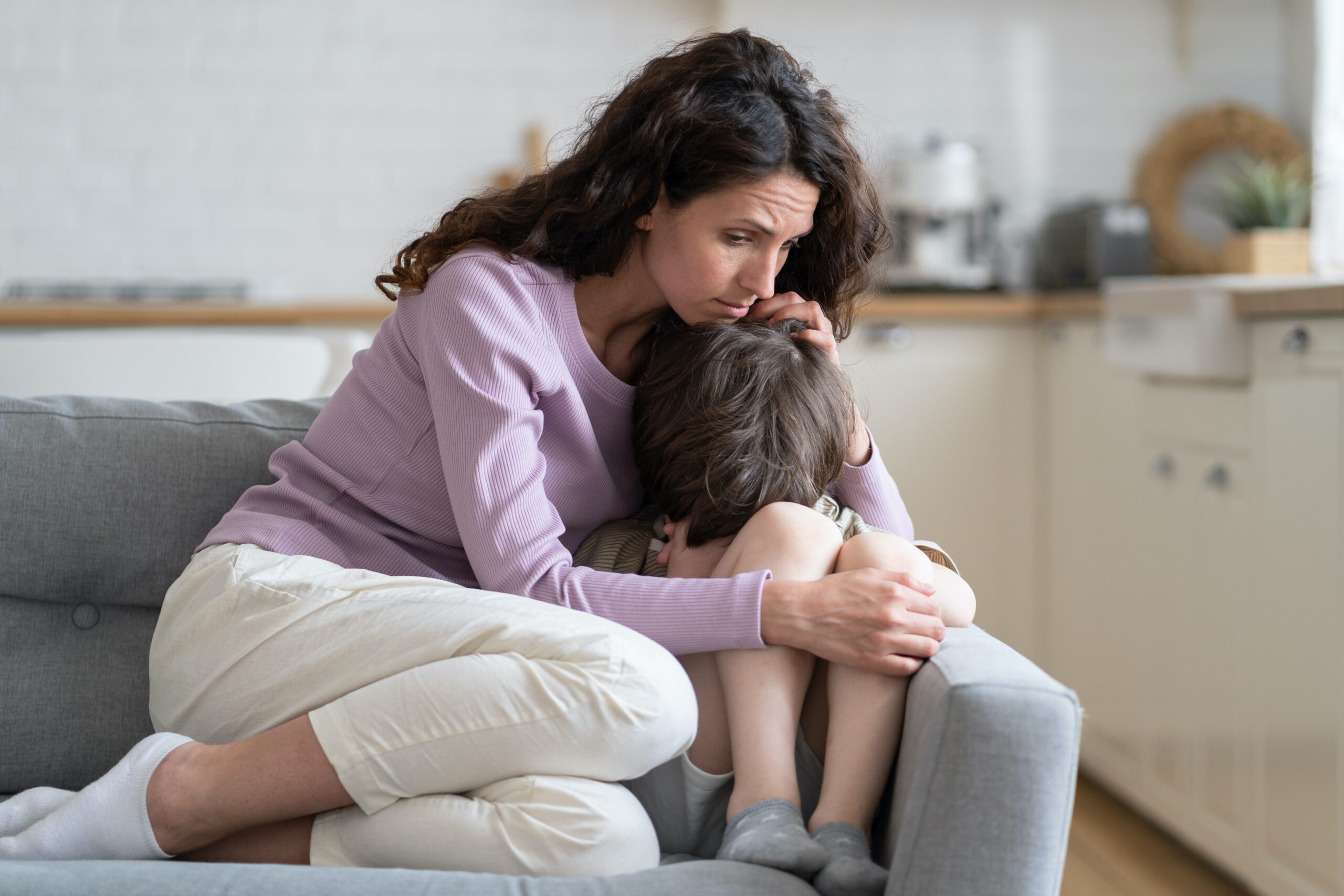
As the world around us begins blooming and blossoming, it’s difficult to imagine life as anything but beautiful.
However, for the many children in America living in constant fear, even the light of spring can’t erase the darkness of abuse and neglect. April marks another National Child Abuse Prevention Month, reminding us all that there is still work to be done to help suffering children reach safety.
So, while we may be itching to soak up the delights of the new season, it is imperative that we also reflect on the warning signs, the methods of prevention, and the importance of raising awareness about child abuse.
Continue reading to learn more about this prolific issue, and how to get help safely for a child living in an unsafe or harmful environment.
What is child abuse?
Some abusive behaviors are easy to recognize as being detrimental to the well-being of the child, like hitting, kicking, burning, or shaking. These horrific acts only scratch the surface of the topic, unfortunately, as many forms of abuse are nefariously subtle.
Child abuse, technically defined, is an action that results in harm — or potential harm — to a child. Every year, there are more than 600,000 children who experience documented abuse in America, though the National Children’s Alliance posits that this is an underestimation.
Child abuse may appear as physical abuse, as mentioned above, but it may also be enacted as emotional abuse, sexual abuse, or neglect. Emotional abuse can come in the form of:
- Belittling language
- Humiliating behavior or making a child perform degrading acts
- Name-calling
- Isolating a child from their peers and family members
- Threatening or constantly criticizing a child
- Blaming or scapegoating a child
Neglectful behavior is classified as a failure to provide for a minor’s basic needs — food, shelter, medical care, etc. Emotional and sexual abuse of a child, as well as neglectful caretaking, can be more difficult to spot as children can feel immense shame about these experiences.
This shame is typically instilled by abusers intentionally to ensure children do not feel comfortable coming forward to a safe adult or authority about the abuse.
Common risk factors that contribute to the presence of child abuse can be, but are not limited to, the following:
- Substance abuse in the household
- Domestic violence in the household, toward children, parents, or pets
- Poverty
Learn More: Domestic Violence Awareness Month: Knowing the Signs
Why is Child Abuse Prevention Month so important?
Child abuse has far-reaching and long-lasting effects that can impact our communities for generations.These long-term consequences of abuse experienced in childhood have been widely documented. From physical conditions like cancer and malnutrition to psychological repercussions like PTSD and a higher risk of substance abuse disorder, people who experience abuse in childhood pay the price for life.
Recent studies have also detailed the relationship between childhood abuse and subsequent juvenile delinquency and criminal behavior. The repercussions of childhood abuse don’t stop at the individual, then — the infection spreads, affecting the health and safety of our larger communities as well.
Expanding awareness of child abuse prevention methods and safety procedures, via Child Abuse Prevention Month and similar initiatives, can equip responsible adults with the tools needed to make a positive impact on the children suffering from abuse.
Recognizing the signs of child abuse
One of the many terrifying statistics in regard to child abuse is that, statistically, children are most likely to be abused by an adult they already know.
Having a personal relationship with their abuser — be it a parent, teacher, family friend, or other “trusted” adult — also contributes to the fear a child can have about coming forward.
That, among many other reasons, is part of why it is crucial to be able to recognize the signs of abuse. If we wait until a child is ready to share the horrifying reality of their experiences, it could very well be too late.
Common signs of physical child abuse are:
- Recurrent (or non-recurrent) bruises, welts, or burns
- Unexplained injuries
- Injuries in unusual areas
- Sudden or chronic aggressive behavior
- Overly-fearful behavior
- Not wanting to go home
When it comes to abuse, there can be an overlap in behavioral consequences or warning signs. The following are common signs of emotional child abuse, but are not limited to emotional abuse exclusively:
- Sudden withdrawal or antisocial behavior
- Overly compliant behavior
- Self-harm
- Heightened anxiety
- Unusual fears
- Poor hygiene
Getting help safely
If you know or suspect a child, other than your own, is being abused, neglected, or put in harmful situations, the first step is making a report to the proper authorities.
In New Mexico, concerned adults can report a potential case of child abuse by calling the Children, Youth, and Families Department, or CYFD, at 1-855-333-SAFE. It is also possible to make this report by texting from a cell phone the keyword #SAFE to the above number if there is suspected child maltreatment occurring.
If your child is being abused by an abusive partner, caregiver, or co-parent, simply making a report might not be enough to help both you and your child reach safety. We recommend working with a family law team that is both compassionate and competent to get a protective order, divorce, or other legal action needed to remove the child from harm’s way.
At Sutherland Family Law, our team of experienced attorneys can help you navigate this treacherous situation carefully and discretely. The path to healing our communities from child abuse and preventing further maltreatment may not be an easy one, but together, we can make a difference.

